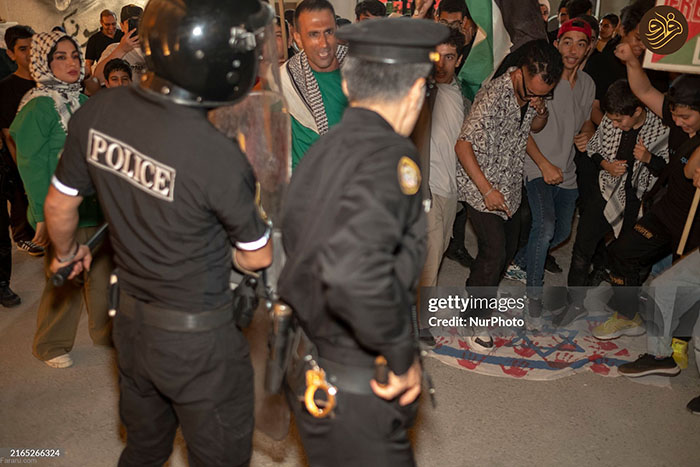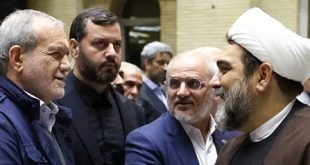Syria: A Mosaic of Cultures
Syria’s section of the exhibition is a celebration of its diverse cultural heritage, which has been shaped by numerous civilizations, including the Arameans, Phoenicians, Greeks, Romans, Byzantines, and Ottomans. The exhibition features replicas of the ancient city of Palmyra, the Umayyad Mosque, and the Citadel of Aleppo, among other landmarks.
In addition to its ancient history, the Syrian exhibit also addresses the country’s recent history, particularly the civil war that has ravaged the nation since 2011. The exhibit presents the war not only as a tragedy but also as a symbol of the Syrian people’s resilience and their resistance against external interference. The portrayal of Syria in the exhibition serves as a reminder of the country’s rich cultural heritage, which continues to endure despite the ongoing conflict.
Lebanon: The Land of Cedars
Lebanon’s rich history and cultural diversity are showcased through its famous cedar trees, Phoenician artifacts, and replicas of ancient ruins such as those found in Baalbek and Byblos. The Lebanese section of the exhibition highlights the country’s role as a crossroads of civilizations, where East meets West.
Lebanon’s recent history, particularly the civil war and the ongoing struggle against Israeli occupation in southern Lebanon, is also depicted in the exhibition. The role of Hezbollah, a key player in the Lebanese resistance, is prominently featured, with exhibits showcasing the group’s efforts to defend Lebanon’s sovereignty. The exhibition emphasizes Lebanon’s resilience in the face of adversity, portraying it as a symbol of resistance and defiance.

